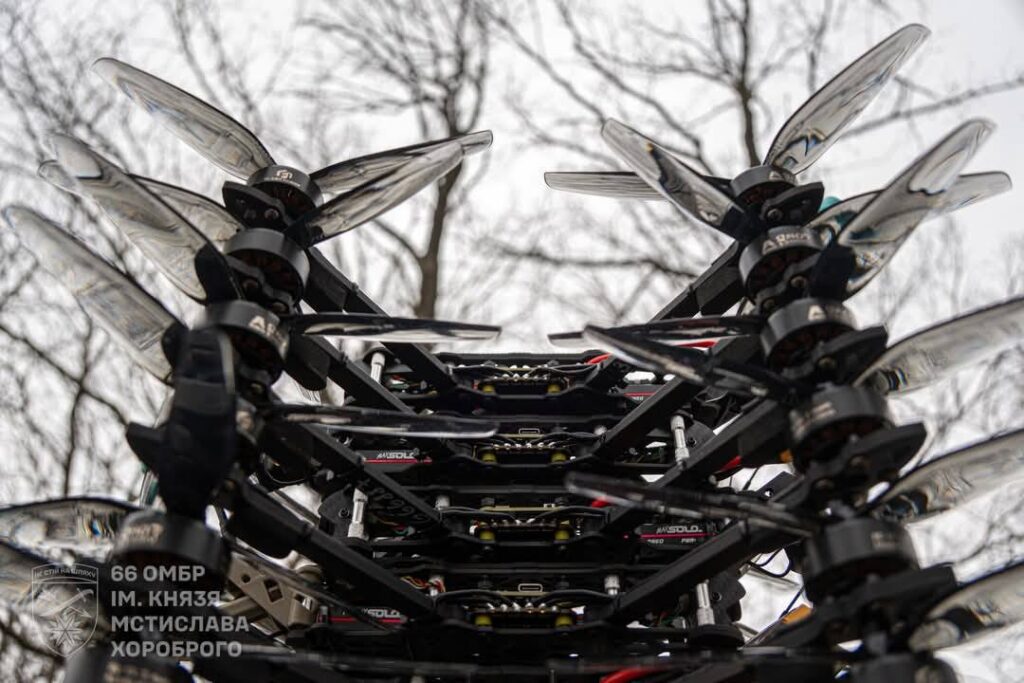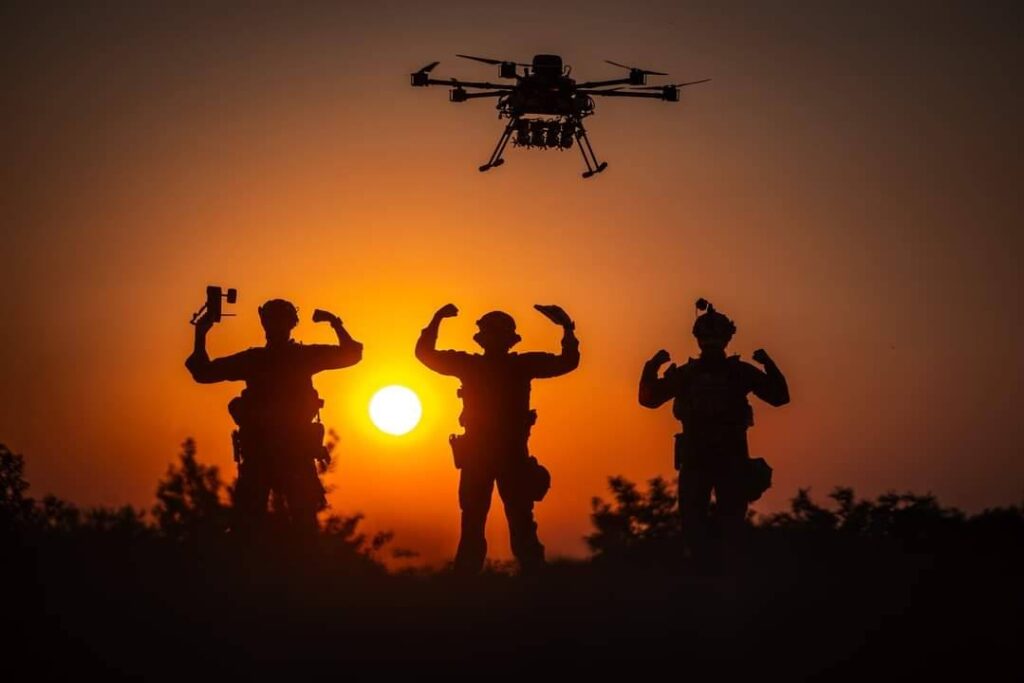The Russia-Ukraine war is reshaping the nature of modern conflict—and offering a glimpse into how future wars in space may unfold. In a recent Forbes column, Charles Beames, a defense expert and former Principal Director for Space and Intelligence Systems at the US Department of Defense, argues that Ukraine’s effective use of inexpensive, networked drones carries urgent lessons for US space strategy.
“In Ukraine, low-cost, high-impact drones are enabling Ukraine not only to defend itself but to strike deep into Russian territory,” Beames writes.
It’s not just the drones—it’s the network
Beames emphasizes that the decisive factor isn’t the drones themselves, but how they’re used together.
“The true force multiplier isn’t just the drones themselves — it’s the network effect,” he notes.
Real-time coordination between drones, sensors, and software has given Ukraine a tactical edge against a larger, more conventional Russian force.

Rethinking the rules of war—for space
Beames argues that three classic principles of war—mass, maneuver, and surprise—must be redefined in the digital age:
- Mass now comes from quantity: “Offensive and defensive power can now be delivered through hundreds or thousands of small, smart platforms.”
- Maneuver is driven by software, not just physical movement.
- Surprise doesn’t require stealth aircraft—it can come from commercial tech used in unexpected ways.
Space needs scale—not just sophistication
Beames says the US must rethink its space posture.
“Winning won’t depend on how exquisite each satellite is, but on how many we have in orbit and how intelligently they operate as an integrated whole.”
He adds that small, proliferated satellite constellations—especially when networked—are now a form of strategic deterrence.

The US lost the drone race. Space can’t be next.
Beames criticizes the US for missing the commercial drone revolution, which he says has now largely moved to China.
“We now face the difficult task of rebuilding critical drone manufacturing for national security.”
Still, he sees progress in space. The Pentagon’s Space Development Agency has certified nine new US small satellite builders in six years—a sign of momentum Beames says must accelerate, not stall.
“We must build on that momentum and not slow down as the GAO is calling for,” he warns, referring to recent Government Accountability Office reviews that could constrain the Space Development Agency’s pace.
The future of war is connected, fast, and agile
Beames closes with a clear message: the side that adapts faster, moves quicker, and fields more networked platforms will dominate future conflicts—on Earth and in space.
“Resilience, speed, and the creative use of proliferated, connected technology” will define the next high ground, he writes.




